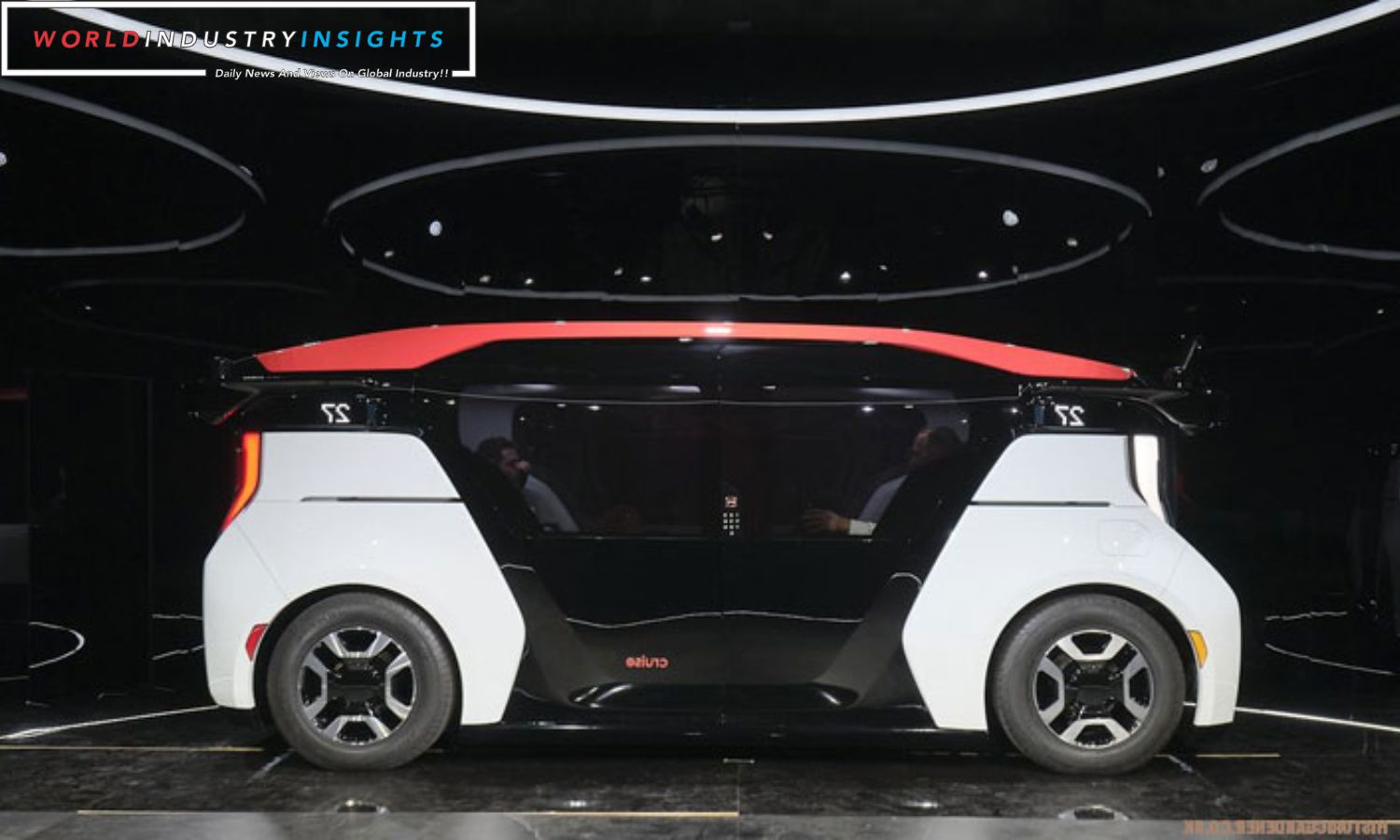California Halts GM Cruise: In a significant move, California’s Department of Motor Vehicles (DMV) has ordered General Motors’ Cruise unit to remove its driverless cars from the state’s roads, citing risks to public safety and accusing the company of “misrepresenting” the safety of the technology.
The DMV has suspended Cruise’s autonomous vehicle deployment and driverless testing permit, effectively halting its efforts to test these cars without safety drivers. The agency stated, “Based upon the performance of the vehicles, the department determines the manufacturer’s vehicles are not safe for the public’s operation,” emphasizing “an unreasonable risk to public safety.”
The DMV also claimed that Cruise had “misrepresented any information related to the safety of the autonomous technology of its vehicles.” Cruise has the opportunity to challenge this suspension within five days, although the company’s response remains unknown at this time.
This suspension comes on the heels of several accidents involving Cruise vehicles, dealing a significant blow to the self-driving business that General Motors has identified as a major growth opportunity. Critics of robotaxis, including unionized transit workers, have welcomed the suspension.
Bryant Walker Smith, a law professor at the University of South Carolina, commented on the situation, stating, “This could be a big blow to Cruise. This plays into the narrative about the technology and the companies failing. The whole industry will suffer as a result.”
Cruise responded to the suspension, indicating that they would pause operations of their driverless autonomous vehicles in San Francisco, reaffirming their commitment to developing and deploying autonomous vehicles with a focus on saving lives.
Also Read: GM and Stellantis: Hit with $9.5B fines for US fuel economy
The DMV’s decision is related to an incident on October 2nd, where one of Cruise’s self-driving vehicles was involved in an accident with a pedestrian. According to Cruise, the autonomous vehicle attempted to pull over but continued, eventually coming to a stop after moving the pedestrian forward. The DMV order highlighted that Cruise had initially failed to disclose all video footage of the incident and suggested that “Cruise’s vehicles may lack the ability to respond in a safe and appropriate manner during incidents involving a pedestrian.”
Despite this setback, General Motors CEO Mary Barra maintained her optimism about Cruise, labeling it as a “tremendous opportunity to grow and expand” during an earnings conference call. GM previously projected that Cruise could generate $50 billion in annual revenue by 2030.
In August, the Department of Motor Vehicles initiated investigations into “concerning incidents” involving Cruise’s autonomous vehicles in San Francisco. At that time, the company was asked to remove half of its robotaxis from the roads due to safety concerns. The ongoing scrutiny of Cruise’s operations reflects broader concerns about the safety and regulation of self-driving technology.
Critics of self-driving technology, including the Transport Workers Union of America (TWU), have expressed concerns regarding safety standards. The TWU, representing airline, railroad, and transit workers, emphasized the need for measurable safety standards, arguing that self-driving vehicles have yet to meet the high standards set by human operators.
TWU President John Samuelsen stated, “Despite the propaganda pushed by tech executives, Cruise has shown the world that robots are incapable of even coming close to achieving the high standards human operators meet each and every day.”
The Department of Motor Vehicles’s decision to suspend Cruise’s operations underscores the ongoing challenges and debates surrounding the advancement and regulation of autonomous vehicles.
Our Reader’s Queries
Did California suspend tests of GM’s Cruise self-driving cars?
General Motors’ Cruise driverless cars, which were being used as robotaxis in California, have been suspended from testing due to safety concerns. The state authorities have taken this step after a series of accidents and other issues were reported. The decision to halt the testing is a precautionary measure to ensure the safety of the public.
What will happen to GM Cruise?
According to Morgan Stanley analyst John Murphy, the decision to temporarily halt Cruise operations and cut back on spending in 2024 is just the beginning. He anticipates that these issues will be discussed and resolved during the capital markets day in early 2024, but acknowledges that skepticism may persist in the meantime.
Did California halt operations of self-driving Cruise robotaxis?
Cruise’s permits have been suspended by the DMV due to concerns over transparency and safety. The DMV has stated that the vehicles manufactured by Cruise are not safe for public use and may not be able to respond appropriately in situations involving pedestrians.
How much does GM own of Cruise?
GM announced in its filing that it had invested an additional $1.1 billion in Cruise in 2022, increasing its ownership stake to approximately 80%. Honda Motor Co. has been a minority owner since 2018 and collaborated with GM on the development of the Origin.


